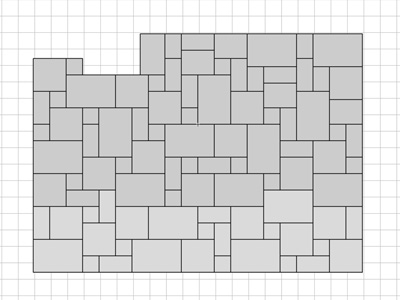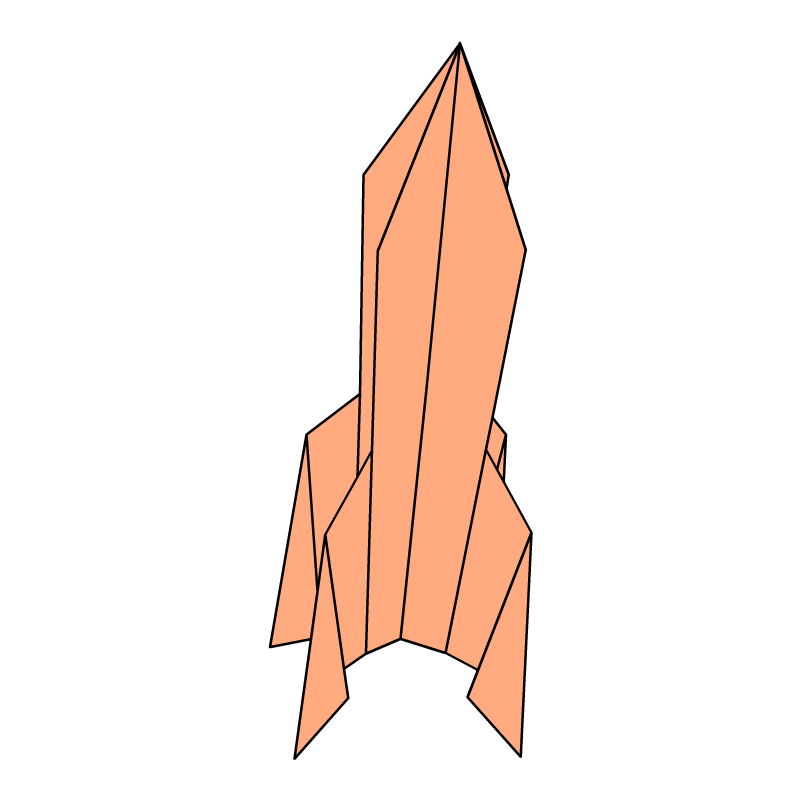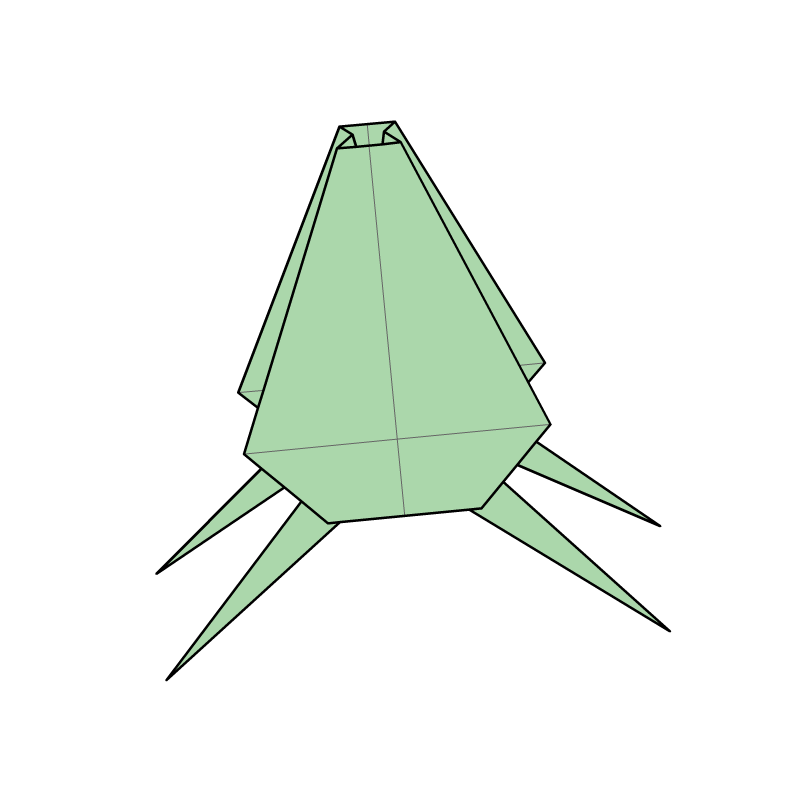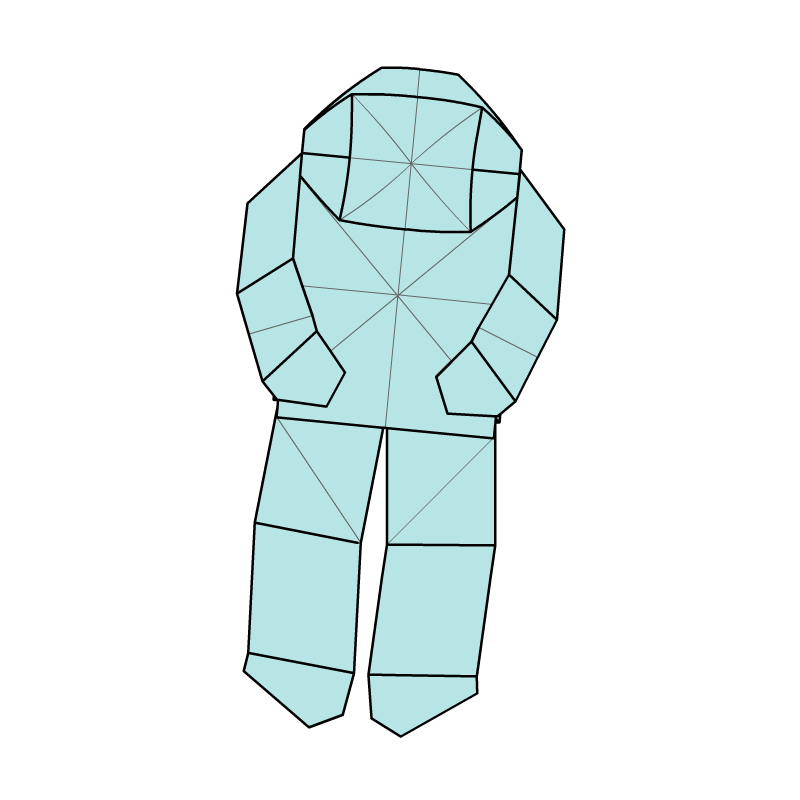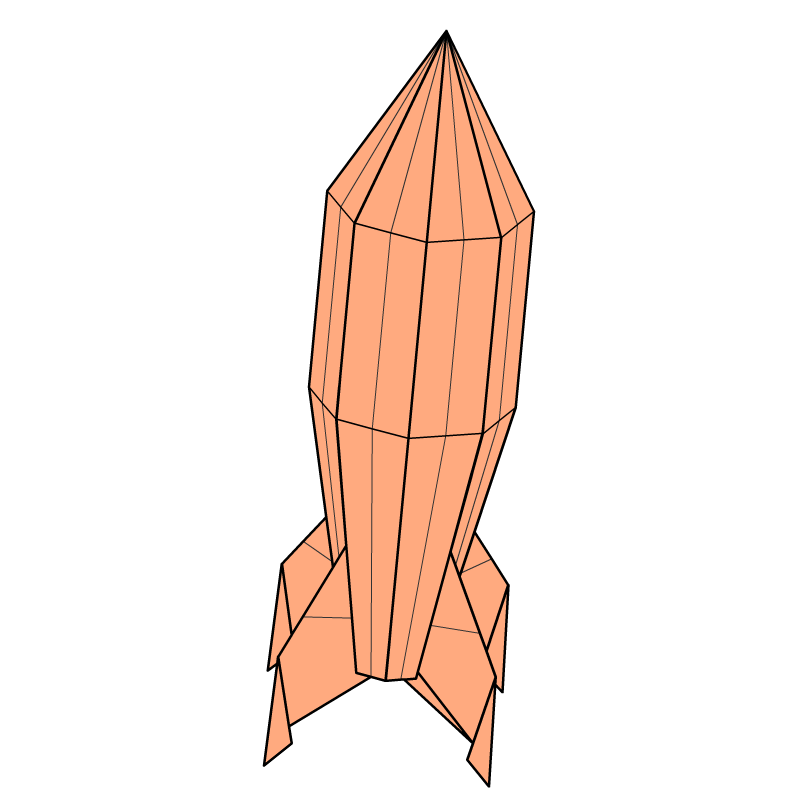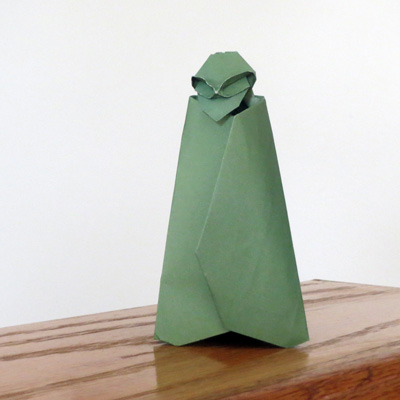As sometimes happens, I’m in the middle of a number of things, all of which are at a point where there’s obstacles to moving forward.
Fall is here, the days are getting shorter and nights are turning colder. Soon the season for biking and rollerblading will be over. We ran the heat for the first time yesterday morning. Jeannie is back to commuting into the city, at least for the next few weeks. Michelle has started school. Last week she attended classes online; this week she’s going into the the school. She’s pretty happy and excited about that. I’m picking her up in the afternoons, since we don’t want her taking the bus or train under the current circumstances. I have the house to myself in the daytime for the first time since March. I’ve started getting up early again.
I narrowed down the number of songs I’m actively recording to three. They’re all coming along. This is the most satisfying thing I’m doing at the moment. Mostly it just takes time, but it’s fun to spend time on it. Doing creative work of any kind means a certain amount of thinking and exploring, which to an outsider can look an awful lot like doing nothing, and of course there’s always has the risk of coming up empty, or with an unsatisfactory result. So one must keep trying or move on to something else. Then, once in a while and idea comes together and way forward is clear, at least until the next obstacle.
For Why Not Zed? the chords and song structure came together pretty quickly and I’ve laid down a basic track with midi bass and drums. I’m practicing the bass and guitar parts to lay down fairly soon. It’s a fairly heavy, rocking uptempo number. I originally envisioned it as something like They Might Be Giants might come up with, but it’s leaning more toward Crimso Astronomy Domine with a pop-punk edge.
Heavy Water is also coming along nicely. I have the song structure, the piano part, a synth bass, and a sketch of the melody, which will weave between the sax and synthesizer. Also practicing the bass guitar part, which I’m gonna lay down at the same time as Why Not Zed?
Autumn Eyes (a.k.a. Wolf Whisper) is further along. The main thing it needs is the sax part, which I’m gonna record when I do the sax for Heavy Water. I took my midi drum part and sliced up up so I can control the level of the different elements of the drum kit, but the drums are pretty minimal on this one. I’m thinking of recording some live drums on it too, to get sounds I can’t get from a drum machine, like brushes.
Plague of Frogs and the others are on the back burner for now. I’ll continue to work on the arrangements while I track these three.
I’m improving playing the drums. I can do a roll now, although there’s room for greater speed and evenness. Working on that and a handful of other rudiments. I can play more and more beats with more solidity and consistency at different tempos. Working on solid kick drum and building up endurance, especially for double and triple hits. In addition to the grooves I’m reading out of books, I’m putting together a few in 5/8 and 7/8 time with different feels.
And – this is potentially exciting – I’ve put together a new jazz group. I think I mentioned I started playing back in July at Lagond, with Mike O. and Rich F. and a new version of the old jazz circle. I haven’t played with them for over a year, so it’s good to be back and nice the group is finding it’s sound and seems to be hitting pretty strong. We’re doing an interesting mix of material, some of which is new to me.
But that’s just a rehearsal band. So in addition, back in August I hooked up with a piano player named Steve, who was looking to get together and jam. I invited Ken on bass and Steve on drums (it seems there’s always two guys with the same name) and we had a quartet. In addition to jazz standards we’re doing some fusion things like Metheny, Joco, Michael Brecker, Chick Corea and Weather Report. Well dig prog rock too. We’ve gotten together three or four times. So far it’s pretty fun, sounds good, and it seems like everyone is on the same wavelength. Too early to really tell, but it may have legs. Or wings. On the downside, the piano player seems to have to travel alot for his job, so that may make it hard to get a weekly thing going.
Alas, the original-oriented rock group remains grounded for want of a guitar player, even though Ken and Steve are into it.
…
In other news, my origami book got to be far enough along that I’ve begun looking into publishing options. I have diagrams and page layouts done for nine models, and was working on the table of contents and planning out how many photos I’d need and of what models. The book was looking to be around sixty to sixty-four pages. I reached out to my friend John M and Marc K, who have a lot more experience publishing than I do, and they both had some good advice.
The main thing is I’ve decided to bring my book up to 120 to 128 pages or so, because that seems to be more commercially viable sweet spot. This of course means adding more models. In addition to the nine I already completed, I have five more diagrammed and ready to go; I just need to do the page layouts. Then I have three of four more designed and partially diagrammed, and another five or so that are partially designed but not yet fully worked out or diagrammed. So we’re looking at a few months at least. In the meantime I’ve decided I’m going to take some of the models and put them together in groups, essentially like a chapter of the book, and sell them as digital downloads on the Origami USA web site. So watch this space for that.
Speaking of the OUSA web site, I’ve signed on to create a new scheduling app for conventions and such, and began actively working on it in July. I’ve been working with Robert L., our webmaster, to get up to speed. The level of software to install and configure is pretty heavy. There’s Drupal, Drush, CiviCRM, PHP, a bunch of custom scripts, and whole host of other technologies on the stack. I’m the first person Robert ever tried to onboard, so we worked our thru issue after issue until I finally have the whole web site running on my local machine. Whew, it only took about six weeks.
Now I’m starting in the actual design and development. So far that’s been reading the existing code, the Drupal User’s Guide and Developer’s Guide and discussing thins with Robert. I’ve never written a Drupal module before, and the requirements are only partly clear. Ah fun.
Elsewhere in software development, the Global Jukebox proceeds apace. We’re looking to do another push to live in a few weeks, so it’ll be all shiny for the school kids using the classroom module. I recently put in a new piece of UX/UI to browse the new world taxonomy. It’s called the New Wheel, and unlike the Old Wheel, which radiates out from the center, but became too dense wit the introduction of the new Taxonomy, this one winds inward like the tumblers on a combination lock. It’s built entirely out of javascript, svgs and css and features cool animations. Very informative, intuitive and beautiful, plus the code itself is really quite good if I say so myself. After my last job at that chaotic startup, it’s so nice to able to have control over the codebase and actually write high-quality, well thought-out and well structured code.
Now we’re in the long tail of of random little bug fixes and usability issues, plus we want to get in a couple more minor features. I spent the last few days tweaking icons and going back’n’forth with Anna and Kiki about what everything things looks good and communicates the right idea.
Meanwhile Martin’s been looking at the backend, where our creaky old django/python app is in danger of being made obsolete due a pressing need to upgrade to a newer version of linux on our servers, in order to fix a timekeeping issue. Long story, big headache. Anyway he’s been doing alot and we’ll get there.
…
And lastly, the topic that was the point of this whole post, the Patio Project. Well this is actually Patio Project part II. Back when Michelle was a baby and our house was new I built a stone path around the side of the house and patio in the back yard. My dad came down and helped me with the patio part. It’s made of bluestone flagstones on a bed of compacted sand over crushed stone. It took us five days if I recall, and one of those days was making a concrete step.
Well now I want to enlarge the patio to go deeper into the yard, so I’m adding an extension of 4′ x 20′. There have been a few delays getting going on this project. I first started thinking seriously about it last summer, but it was too hot to work on it then. The fall came and went I was too busy with other stuff. Then I figured I’d do it in the spring, but then it was the pandemic and the lockdown, and suddenly building supplies were scarce and I was sick for a month anyway. Then it was summer and too hot again. But at least I made a plan and figured out what materials I’d need.
Shortly after Labor Day looked up the place where I got the stones and other supplies for the original patio. But they’re out of business, and the lot is now a parking lot for school busses. So this weekend I researched where else I might get stones and sand and all that. I found three places within a reasonable distance and sent them each an email describing the project, listing the materials I think I need, and asking for a quote. Two of them got back to me and were both helpful, although one forgot to actually attach the quote to his reply.
In any event, it looks like it’s on! Hopefully this week I’ll go to one of these places and pick out the actual stones and arrange the delivery. I figure it’ll be three or four full days of work on my own, all though I’m more likely to break it into several sessions of a few hours each spread out over a few weeks. I figure I should get done pretty easily by the end of October.
